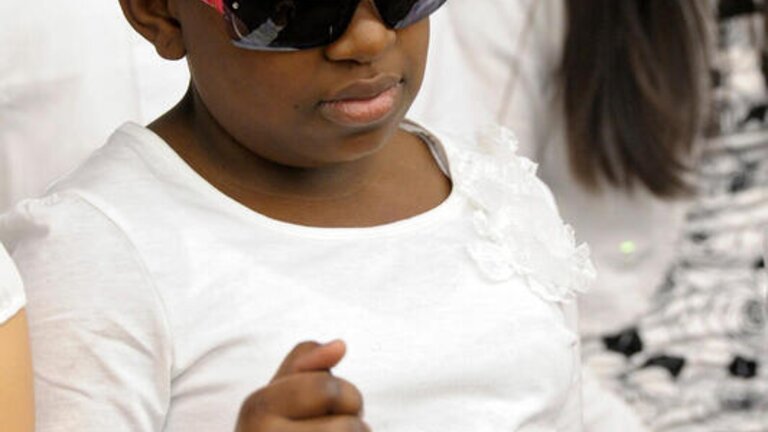We need to encourage parents with children and teenagers with different abilities to burst the bubble.

Usually when a child asks their parent or the adult in the room, "Why does she talk like that?“ or "Why do they walk like that," I curiously await the adults response and awkwardly they always get it wrong by either shushing the child to keep quiet or giving incorrect factors. Here are some of the challenges that draw back inclusion of children with disabilities in the society.
Marginalization
Marginalization starts in baby class. It truly does start with how we teach our children about disabilities and expose them just as we do to any factors of the society. This becomes extremely difficult because the parents were also not taught about different abilities or exposed. They stumbled into them and crossed their fingers never to meet again. Awareness plays a key role in these situations.
It is tough for everyone, when you meet someone who looks different from you in your school/workplace holding back the prejudices and stereotypes, you don’t know how to act or react. You are expected to be inclusive, but how does one practice inclusion? Inclusion is a way of thinking and being that ensures that everyone in the society belongs regardless.
Let’s rewind back, when we were children. We did not see other children with disabilities, they are not in the playgrounds, not in Sunday school or Madrasa, not in the estate or village parties and not in school. When we are teenagers, we don’t have teenagers with disabilities around, they are not in the gaming parlors, at the youth camps or just chilling out. We don’t see them because they are in their own bubble.
Notably, parents/caregivers with children with disabilities create a bubble around them. Parents/caregivers have realized that society can be harsh and discriminating towards their children. With the intent of protecting and keeping them safe, they create a bubble. They prefer spending all the time with the child around them. They prefer them in special schools, in special playgroups, and with family or friends.
That means we don’t grow up with much of a social network both ways, parents with children with disabilities don’t expose them to society and parents with children without disabilities don’t know how to expose theirs.
Stereotypes
We all come from cultures with their own strong stereotypes and perceptions about disabilities. In Kenya, we have 47 different cultures and we encounter the same paths in towns, places of worship, government institutions, schools, workplaces and in social gatherings. Different cultures have different stereotypes, for example, some believe persons with disabilities are cursed, workers of the witch, others believe you are a curse from God, an evil punishment, an ill to the society and others believe a person with disability is medicinal or a sacrifice, they don’t belong in the community. These forms of stereotypes and cultural perspectives make it extremely difficult to have new forms of interaction and inclusion.
So where do we start? We start both ways
- We need to encourage parents with children/teenagers with disabilities to burst the bubble. They need to stop protecting them to the point of stopping them from experiencing life and all it brings. They should give their children opportunities to interact with others.
- We must also include these difficult conversations in our dinner table talks and family chats. We need to talk and teach about disability in our everyday situations so that we may understand it to be more inclusive.
- We need to make it possible for all our children to interact, We need to make it okay and ensure inclusion starts in baby class.
Maria Njeri
